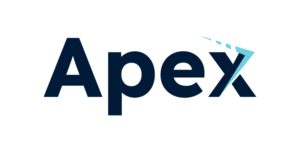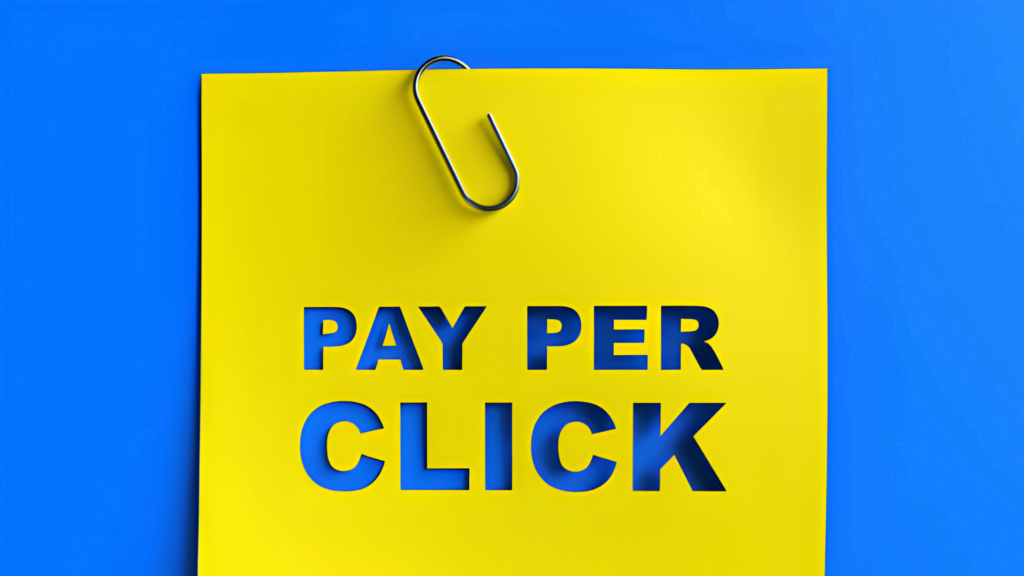In today’s digital age, where competition for online visibility is fierce, businesses are constantly seeking effective strategies to drive traffic to their websites and boost conversions. Among the plethora of digital marketing tactics available, Pay-Per-Click (PPC) advertising stands out as a powerful tool for delivering targeted traffic and achieving tangible results.
What is Pay-Per-Click Advertising?
At its core, PPC advertising is a model in which advertisers pay a fee each time one of their ads is clicked. It’s a form of online advertising that allows businesses to bid for ad placement in search engine results pages (SERPs), social media platforms, and other digital channels. Unlike traditional advertising, where advertisers pay a fixed amount regardless of the ad’s performance, PPC offers a more cost-effective and measurable approach, as advertisers only pay when their ads are clicked.
How Does Pay-Per-Click Work?
PPC campaigns typically operate within ad platforms such as Google Ads, Bing Ads, and social media platforms like Facebook Ads and LinkedIn Ads. Advertisers bid on specific keywords or target demographics relevant to their business, and their ads are displayed to users who are actively searching for related products or services.
The placement of ads is determined through a combination of factors, including the advertiser’s bid amount, ad quality, and relevance to the user’s search query. Advertisers have the flexibility to set their budgets, target specific audiences, and track the performance of their campaigns in real-time through detailed analytics and reporting tools.
Key Benefits of Pay-Per-Click Advertising
- Immediate Results: Unlike organic search engine optimization (SEO), which can take time to yield results, PPC advertising offers instant visibility and traffic to your website.
- Targeted Reach: PPC campaigns allow advertisers to precisely target their desired audience based on demographics, interests, location, and other criteria, ensuring that ads reach the most relevant prospects.
- Cost-Effective: With PPC, advertisers have full control over their budgets and can set maximum bids for clicks, ensuring they never exceed their desired spending limits.
- Measurable ROI: PPC platforms provide comprehensive analytics and tracking tools that enable advertisers to measure the performance of their campaigns in real-time, including metrics such as clicks, conversions, and return on investment (ROI).
Best Practices for Pay-Per-Click Advertising
- Keyword Research: Conduct thorough keyword research to identify relevant keywords with high search volumes and low competition. Use tools like Google Keyword Planner and SEMrush to discover profitable keywords for your campaigns.
- Compelling Ad Copy: Craft compelling and relevant ad copy that entices users to click on your ads. Highlight unique selling points, include clear calls-to-action (CTAs), and use ad extensions to enhance visibility and engagement.
- Landing Page Optimization: Ensure that your landing pages are optimized for conversions and provide a seamless user experience. Use persuasive copy, compelling visuals, and clear CTAs to encourage visitors to take action.
- Continuous Monitoring and Optimization: Regularly monitor the performance of your PPC campaigns and make data-driven adjustments to optimize their effectiveness. Test different ad creatives, targeting options, and bidding strategies to improve ROI and maximize results.
Conclusion
In conclusion, Pay-Per-Click advertising remains a highly effective and essential component of any comprehensive digital marketing strategy. By leveraging the targeting capabilities, real-time analytics, and flexibility offered by PPC platforms, businesses can drive targeted traffic, increase brand visibility, and achieve their marketing objectives with precision and efficiency. With the right approach and ongoing optimization, PPC advertising can deliver significant returns on investment and propel businesses to new heights of success in the digital landscape.


